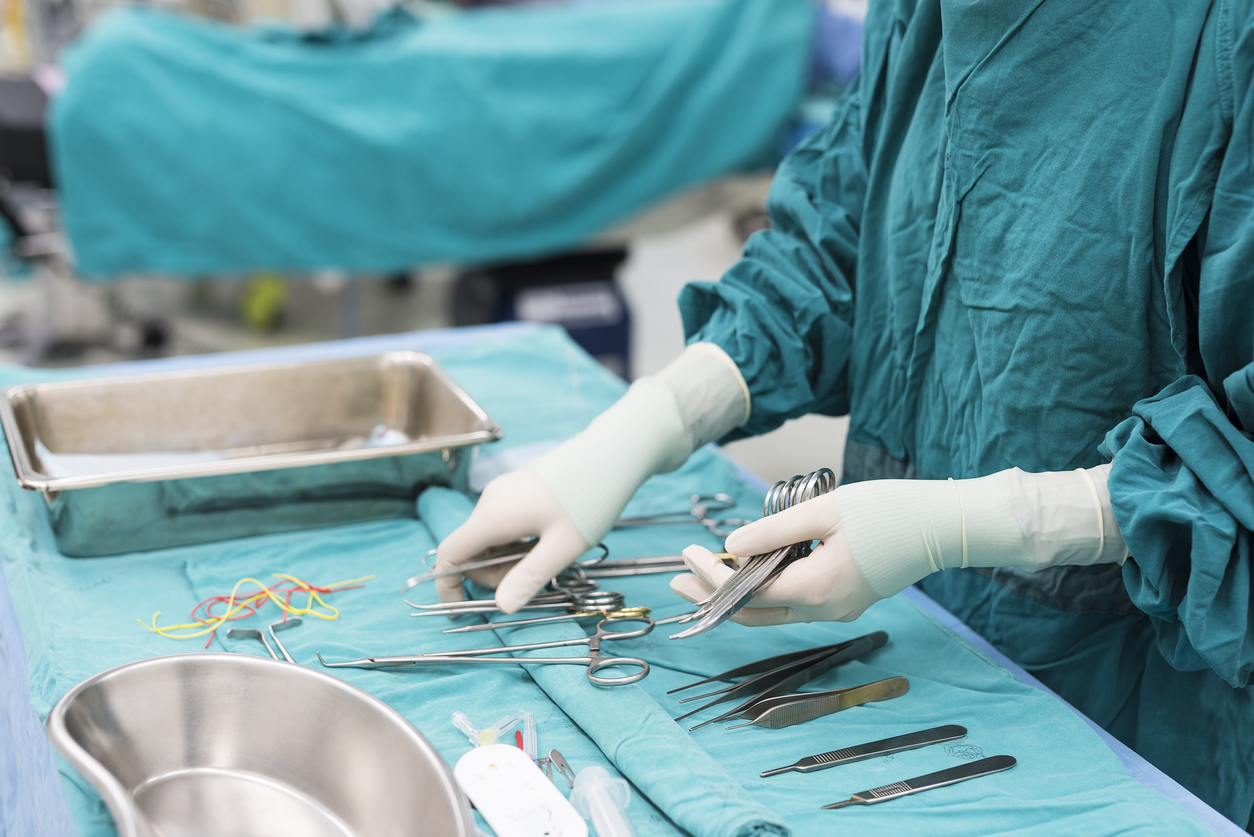The Hawke’s Bay DHB has reported inadequately-sterilised surgical equipment was potentially used on 55 patients.
Blood-borne infectious diseases such as HIV, Hepatitis B and Hepatitis C are of most concern and the DHB said in a press conference that patients would be tested for the viruses.
The SMC has asked experts to comment on the issue – please feel free to use these comments in your reporting.
Associate Professor Mark Thomas, University of Auckland, comments:
“The processes of sterilisation of equipment that is used in surgery usually involves manual inspection and hand washing of the instruments to remove any obvious adherent body fluids, such as small blood clots, followed by further cleaning in an automated machine. The final process when the equipment has hopefully had almost all adherent matter washed off, is for the equipment to be autoclaved, or processed in some other sterilising machinery. Sterilisation can fail if the equipment has not been adequately cleaned prior to sterilisation.
“Sterilisation can also fail if the sterilising machine does not reach the required temperature or pressure for the required time.
“The [news] reports suggest that the equipment was manually and automatically cleaned, but the sterilisation process failed to undergo the third and final stage of cleaning of surgical equipment, which is the sterilisation process.
“The consequences of inadequate sterilisation include the survival on the surgical instruments of microbes that might have been infecting the patients that the equipment had been used on. These microbes might be viruses in the patient’s blood (e.g. Hepatitis B or Hepatitis C or HIV) or bacteria in the patient’s tissues.
“Most bacteria would require relatively heavy contamination to then infect a person who had surgery with inadequately-sterilised equipment, and this level of contamination is relatively unlikely because of the effectiveness of the usual cleaning processes.
“Of the three viruses mentioned, Hepatitis B is the one that is most common in the community and that also requires the least number of viruses to be inoculated into tissues for infection to become established.
“Most accidents like this do not result in infections occurring in patients. The processes that the DHB is following are what would be commonly used in similar circumstances.”
No conflict of interest.
